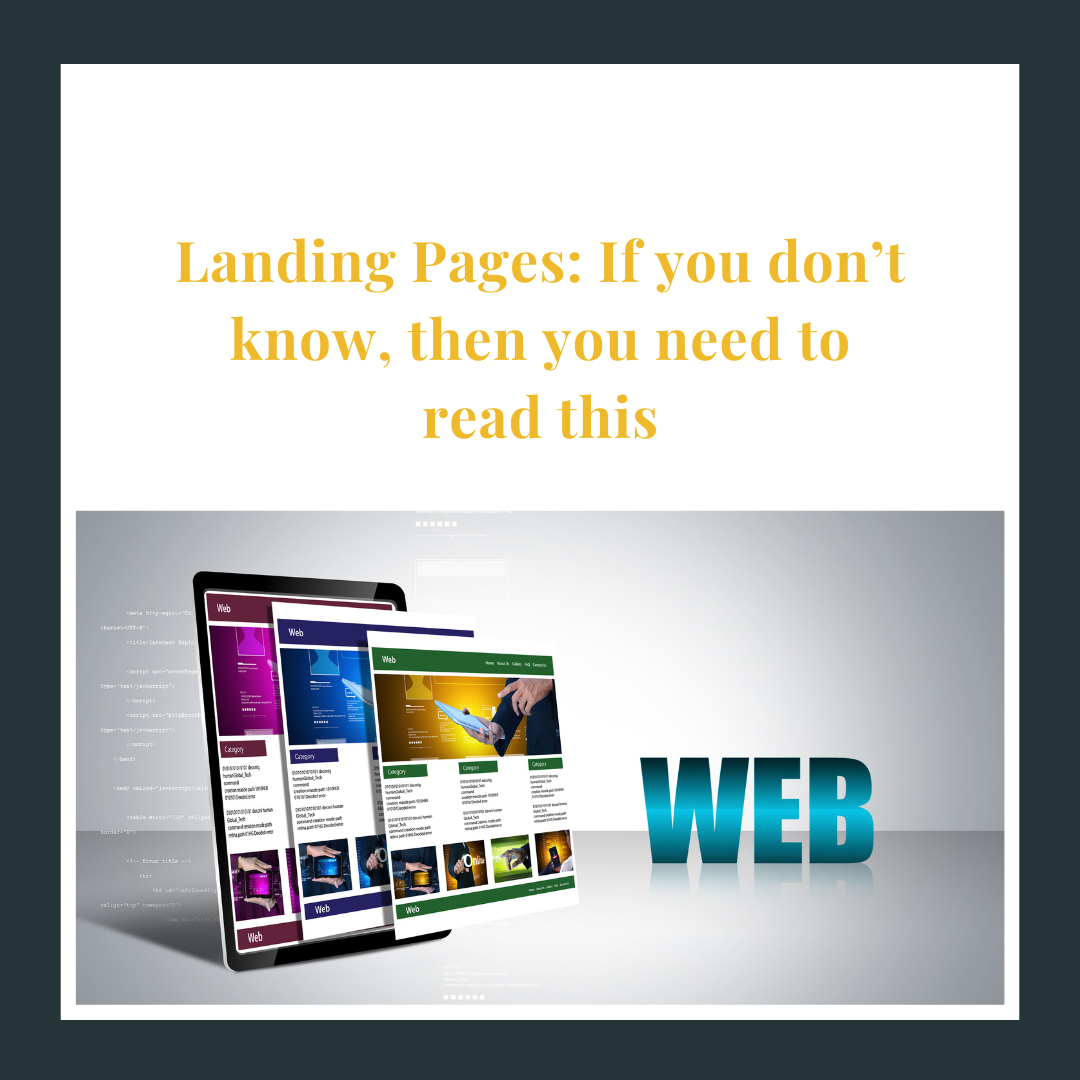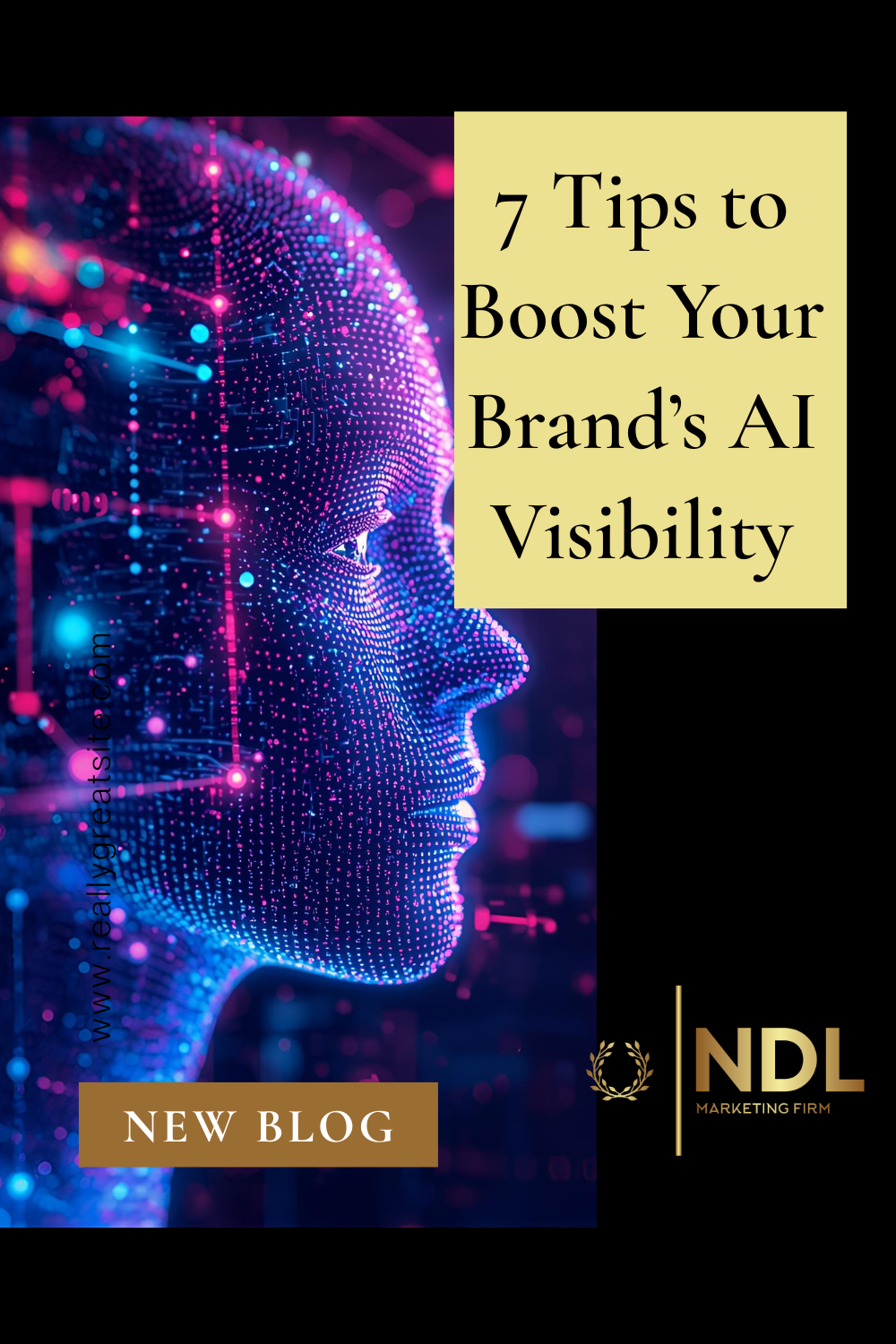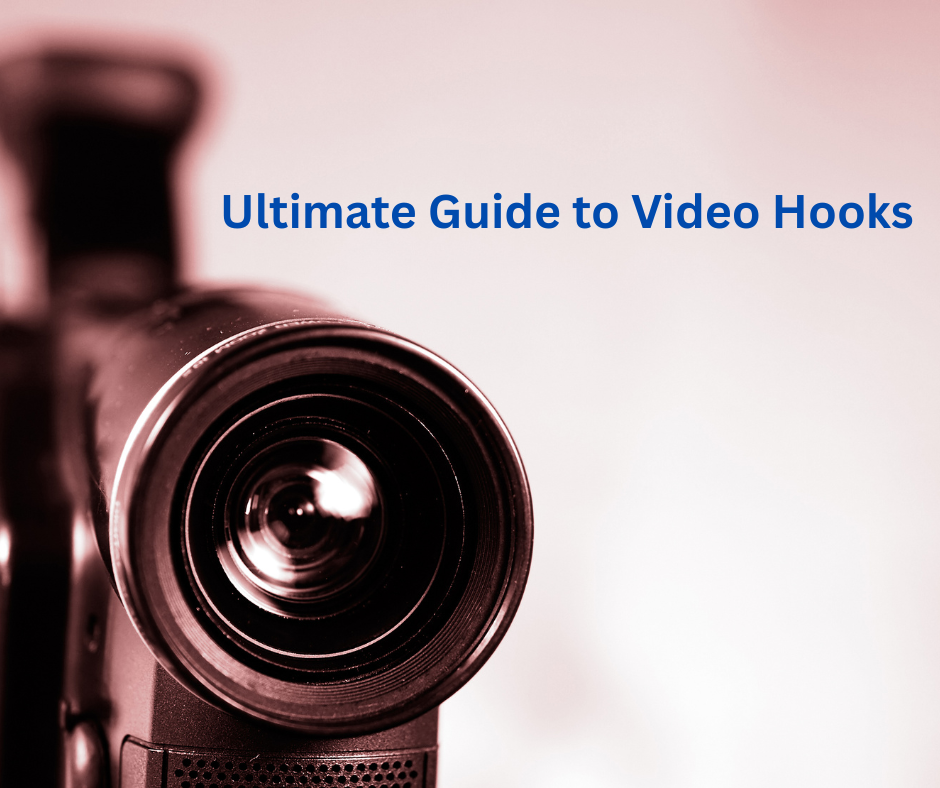How Important Landing Pages Are and the Science Behind Them
Landing Pages: If you don't know, then read this.

How Important Landing Pages Are and the Science Behind Them
In the world of digital marketing, where businesses compete for attention across social media platforms, search engines, and multiple channels, the landing page serves as the critical turning point between casual visitors and loyal customers. While many companies invest in content marketing, social media marketing, and paid advertising, they often underestimate the actual impact of a high-converting landing page. Yet, when implemented strategically, landing pages can dramatically improve website traffic, generate high-quality leads, boost conversions, and elevate brand awareness for B2B and B2C businesses alike.
At NDL Marketing Firm, we approach landing pages with a science-driven methodology, blending behavioral psychology, analytics, and marketing strategy to create pages that engage your target audience and maximize business results. In this blog, we’ll dive deep into why landing pages are essential, the science behind landing pages, and actionable insights to help businesses optimize their digital presence.
Why Landing Pages Matter
A landing page is more than a web page—it’s a conversion engine for your business. Unlike a homepage, which provides a broad overview of your brand, a landing page has a singular focus: turn visitors into leads, customers, or subscribers.
The Role of Landing Pages in Your Marketing Strategy
Every social media marketing campaign, PPC ad, or content marketing effort should drive traffic to a landing page. Without an optimized page, even the most targeted traffic can leave without taking any meaningful action.
Statistics highlight the importance of landing pages:
- Businesses with 10–15 landing pages generate 55% more leads than those with fewer.
- Personalized landing pages see up to a 300% increase in conversions, emphasizing the need to tailor messaging for your target audience.
- Pages optimized for platforms like Instagram, TikTok, YouTube, LinkedIn, and Facebook can significantly increase engagement and website traffic.
In short, a landing page is where your digital marketing strategy meets measurable business outcomes.
The Science Behind Landing Pages
High-converting landing pages rely on a combination of behavioral psychology, analytics, and data-driven marketing strategies. At NDL Marketing Firm, we use the science of landing pages to ensure each element is designed to maximize conversions.
1. Understanding Your Target Audience
A successful landing page starts with knowing your audience. Who are they? What challenges are they facing? How does your brand solve its problems?
By leveraging analytics, businesses can gain insights into audience behavior across platforms, such as TikTok, YouTube, Instagram, LinkedIn, and Facebook, and tailor content that resonates with their customers. This alignment improves engagement, website traffic, and leads.
2. The Psychology of Color and Design
Colors, images, and layouts are not just aesthetic choices, they influence behavior. For example:
- Blue builds trust, ideal for B2B brands.
- Orange encourages urgency and drives conversions.
- Minimalist design reduces distractions, keeping visitors focused on your CTA.
Effective design uses visual hierarchy, whitespace, and directional cues to guide visitors toward the CTA, ensuring the most critical elements capture attention.
3. Persuasive Copy and Content Marketing
Your landing page copy should be concise, benefit-driven, and persuasive. Avoid overwhelming visitors with technical features. Instead, focus on how your product or service solves your audience’s problems.
- Headlines must grab attention within three seconds.
- Subheadings clarify benefits.
- Social proof—like testimonials or case studies—reinforces credibility.
Using insights from social media marketing and content marketing analytics, businesses can identify which messaging resonates most with their audience across platforms, improving engagement and conversions.
4. Call-to-Action (CTA) Science
Your CTA is where conversions happen. Action-oriented language like “Claim Your Free Trial,” “Get Your Guide Now,” or “Start Today” drives results. Placement matters too: placing content above the fold and repeating it strategically throughout the page increases click-through rates.
At NDL Marketing Firm, we emphasize A/B testing CTAs to determine what language, design, and placement maximizes leads and conversions.
Types of Landing Pages
Different goals require different landing page types.
Lead Generation Landing Pages
Used to capture visitor information, these pages are essential for B2B brands and businesses nurturing leads over time. Examples include:
- Newsletter signups
- Webinar registrations
- Guide downloads
Best practices: Offer value, keep forms short, and include trust indicators like testimonials or security badges.
Click-Through Landing Pages
Designed to warm up visitors, these pages precede a purchase. Often used for e-commerce campaigns, they highlight benefits, social proof, and images before directing users to a final purchase page.
Sales Landing Pages
High-ticket products or services benefit from long-form sales pages. These include multiple CTAs, persuasive content, social proof, and case studies to maximize conversions.
Product Launch Pages
For new products, dedicated landing pages create excitement, highlight features, and encourage pre-orders or purchases.
Thank You Pages
After a visitor completes an action, a thank you page can encourage further engagement—like social sharing, content suggestions, or cross-sells.
Optimizing Landing Pages for Conversions
High-converting landing pages combine analytics, design, and content marketing strategy:
1. Keyword Integration
Optimizing landing pages for keywords improves SEO, website traffic, and visibility across social media platforms. Include terms like target audience, leads, conversions, engagement, brand awareness, digital marketing, social media marketing, B2B, marketing strategy, platforms, and user-generated content.
2. Mobile Optimization
With the majority of social media traffic coming from mobile devices (TikTok, Instagram, YouTube, Facebook), mobile-friendly pages are essential.
3. Speed and Performance
Even a one-second delay reduces conversions by 7%. Optimize images, streamline code, and use reliable hosting to enhance user experience.
4. Lead Capture Forms
Forms should request only essential information. Progressive profiling over time improves lead quality while keeping audience engagement high.
5. Minimal Distractions
Focus visitors on the CTA. Remove unnecessary navigation menus, links, or pop-ups.
6. Trust Indicators
Customer testimonials, client logos, and security badges reduce friction and increase conversion rates.
7. A/B Testing and Analytics
Measure metrics like:
- Conversion Rate: Percentage completing desired actions.
- Bounce Rate: Visitors leaving without engaging.
- Time on Page: Engagement level
- Traffic Sources: Channel effectiveness
- Scroll Depth: Content engagement.
Continuous testing ensures landing pages evolve to maximize leads and engagement.
Social Media Marketing and Landing Pages
Social media platforms are more than traffic sources—they provide insights to craft optimized landing pages.
- Instagram & Facebook: Visual storytelling helps identify the most compelling images and messaging.
- TikTok & YouTube: Video analytics reveal content that resonates, informing landing page video strategy.
- LinkedIn: Engagement metrics help businesses target B2B audiences with tailored messaging.
Integrating platform insights ensures your landing page aligns with audience expectations, increases brand awareness, and drives measurable conversions.
Common Mistakes Businesses Make
Even companies with strong digital marketing strategies struggle with landing pages. Common mistakes include:
- Generic messaging that doesn’t speak to the target audience.
- Overly long pages with excessive features instead of benefits
- Weak or hidden CTAs reduce conversions.
- Ignoring mobile users from TikTok, Instagram, or YouTube
- Lack of analytics or A/B testing
Avoiding these pitfalls improves lead generation, engagement, and brand credibility.
Conclusion: Landing Pages as Conversion Engines
A landing page is not just a web page, it’s the intersection of digital marketing, analytics, and marketing strategy. By understanding your audience, applying behavioral psychology, leveraging social media insights, and continuously testing, businesses can maximize website traffic, leads, and conversions.



